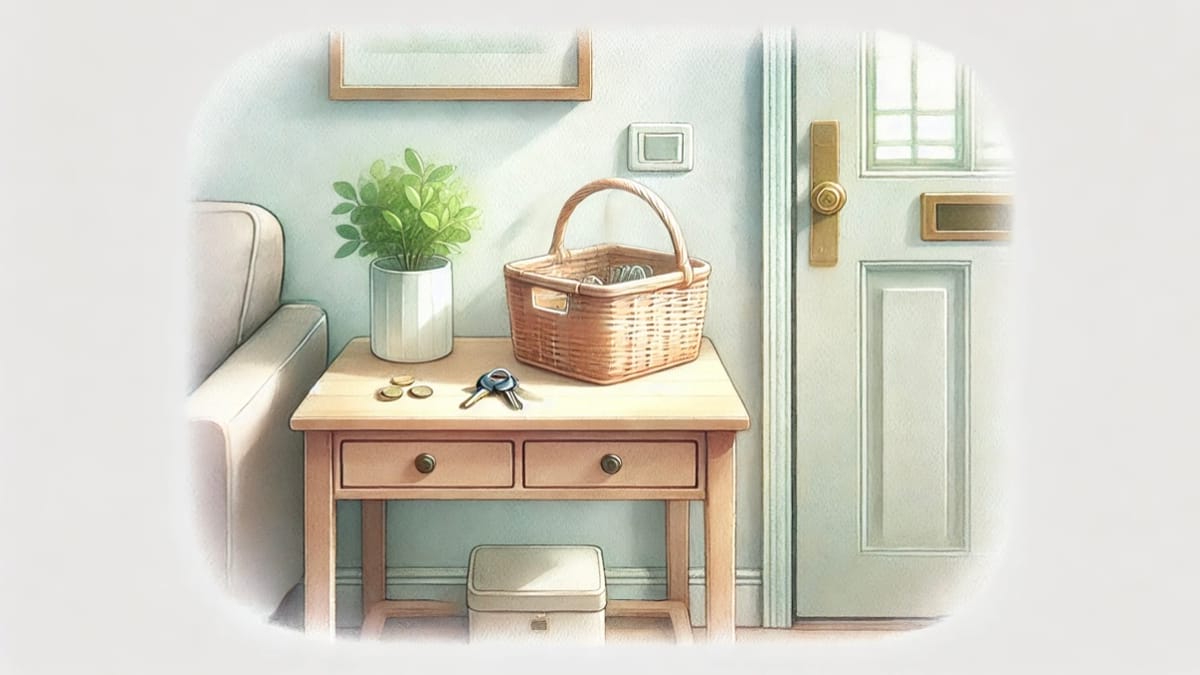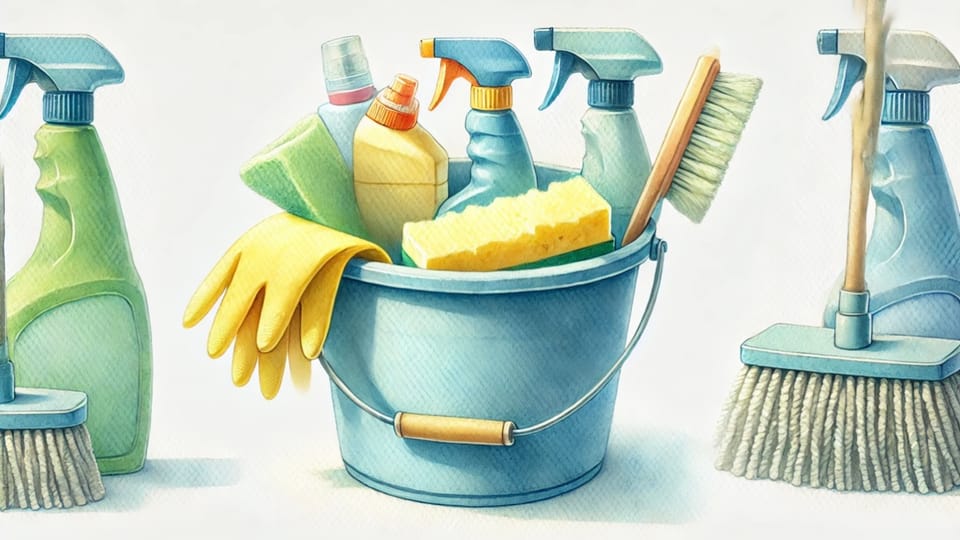The Psychology of Clutter: 3 Types of Mess and Their Solutions

Homes get messy again because different clutter types need different solutions. Emotional baggage requires letting go of guilt-laden items, functional disorder needs designated homes for everything, and exhaustion clutter calls for simple systems when energy is low.
Why Your Home Is Messy Again
It's a familiar scene: you spent the entire weekend cleaning, and a week later your home looks like a hurricane swept through. Things aren't in their proper places, papers pile up on tables, and mysterious heaps of random items form in corners.
The problem isn't that you're bad at cleaning. The issue is that different types of clutter require different approaches. The Fly Lady method helps you understand this pattern and take targeted action.
Clutter Type One: Emotional Baggage
These are items tied to memories or feelings of guilt. Old gifts from exes, clothes for "when I lose weight," books you'll "definitely read someday." These objects accumulate over years because every time we look at them, we experience internal conflict.
The solution is simple but requires courage: give yourself permission to let go of the past. Start with one item per day. The LadyFly app helps track this process through daily reminders and support.
Clutter Type Two: Functional Disorder
This is when items are necessary and useful, but they're scattered everywhere. Keys on the kitchen table, documents in the bedroom, children's toys in the hallway. The reason is simple — objects don't have a permanent "home."
Here the Fly Lady rule "a place for everything" works:
- Designate a specific place for each category of items
- Create a habit of returning objects to their place immediately after use
- Establish a "15-minute cleanup" ritual before bed
Clutter Type Three: Exhaustion Clutter
The most insidious type. When you don't even have the energy to hang up a jacket or clear dishes after dinner. Items accumulate not from laziness, but from emotional depletion.
Here it's important not to fight yourself, but to create the simplest possible systems. A basket for "quick dumping" of items, one plate and one mug per person, minimal objects on surfaces. LadyFly suggests starting with just 15 minutes a day — this is manageable even during the toughest periods.
Which Type of Clutter Is Most Common
Based on the experience of thousands of women using the Fly Lady method, we most often encounter exhaustion clutter. Modern life's pace, multiple roles and responsibilities drain our resources.
The good news: when you understand the nature of your clutter, the solution becomes obvious. You don't need to force yourself to do deep cleaning. It's enough to choose the right strategy and reinforce it with small daily rituals.





